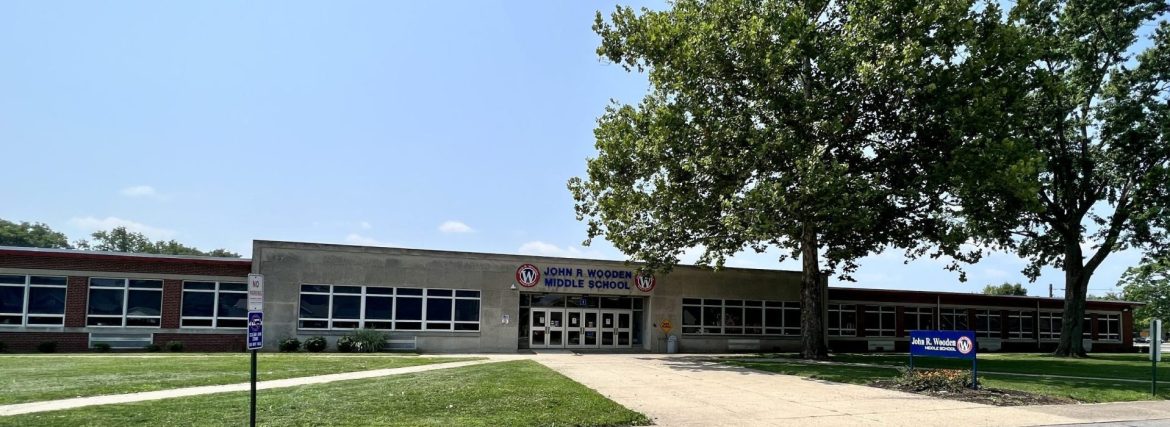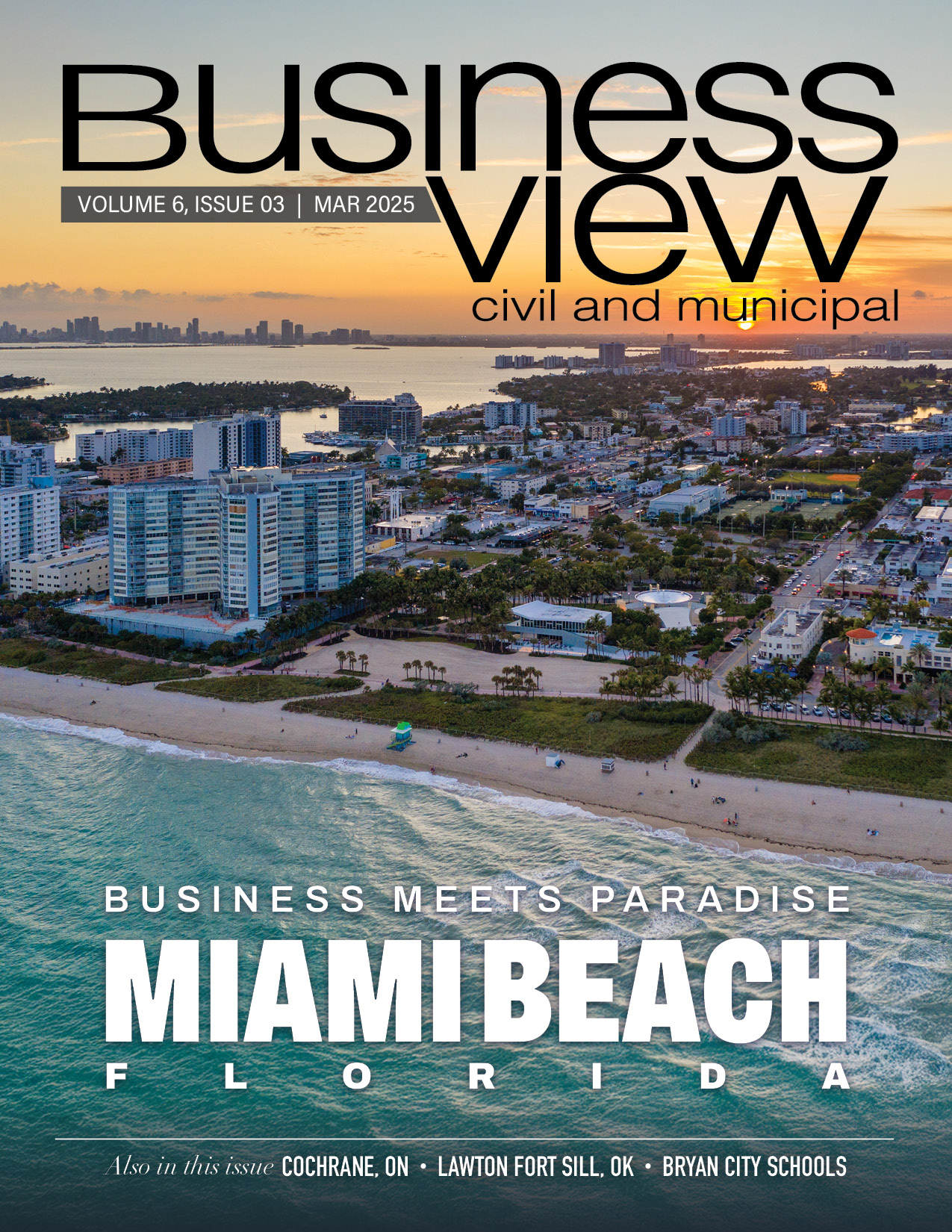Innovation Intersects with Community
In the heart of Indiana, a rural school district is pioneering new approaches to education while keeping community at its core.
“We’re a large geographic district spanning 197 square miles, with seven elementary schools, one intermediate school for grades 5-6, a middle school for grades 7-8, and a comprehensive high school,” says Eric Bowlen, Superintendent of the Metropolitan School District (MSD) of Martinsville. The district faces unique challenges with its aging infrastructure, as Bowlen explains, “Our newest building dates back to 1990, and what we call our ‘new’ high school is approaching 50 years old.”
The district is embarking on an ambitious transformation, pioneering an innovative approach to school construction. Superintendent Bowlen reveals that the MSD of Martinsville is the first school system in Indiana to utilize the BOT (Build, Operate, Transfer) process for its upcoming elementary school project. The general assembly made it possible for us last year, and we’re finding great pluses out of it.” This pioneering approach has positioned Martinsville as a model for other districts, with many watching their progress closely.
“We’re not fearful of stepping out and being pioneers. It’s part of the growth mindset that we embrace here. The BOT process is what built the Hoosier Dome in Indianapolis, but it was never available for schools until now,” he says. The innovative procurement method has already attracted attention from other school districts across the state, who are closely watching Martinsville’s progress as they near their groundbreaking ceremony.
As Suzie Lipps, Assistant Superintendent for Instruction and Human Resources, explains: The new facilities will transform educational opportunities for students. Lipps explains this vision: “By building this new elementary school, we’re going to bring smaller STEAM centers together and incorporate them in the middle of every pod. Right now, we’re busing students just twice a year to our STEM lab, but we want more of our students to have these opportunities regularly.” The expansion of STEAM resources reflects the district’s commitment to preparing students for future challenges and opportunities.
“We want more of our students to have these opportunities regularly,” Lipps emphasizes. “This program and our new building will help our students be more competitive in the real world.” The groundbreaking for this transformative project is scheduled for late spring or early summer of this year.
Pandemic Resilience and Educational Evolution
“The pandemic impacted everybody, but probably none more than education outside of the healthcare field,” reflects Superintendent Bowlen, discussing the district’s journey through COVID-19. The challenges brought unexpected growth opportunities, as he notes: “We obviously had to do remote learning and virtual learning during that time period, which really put us in a new position coming out of the pandemic to better meet the individual needs of students.”
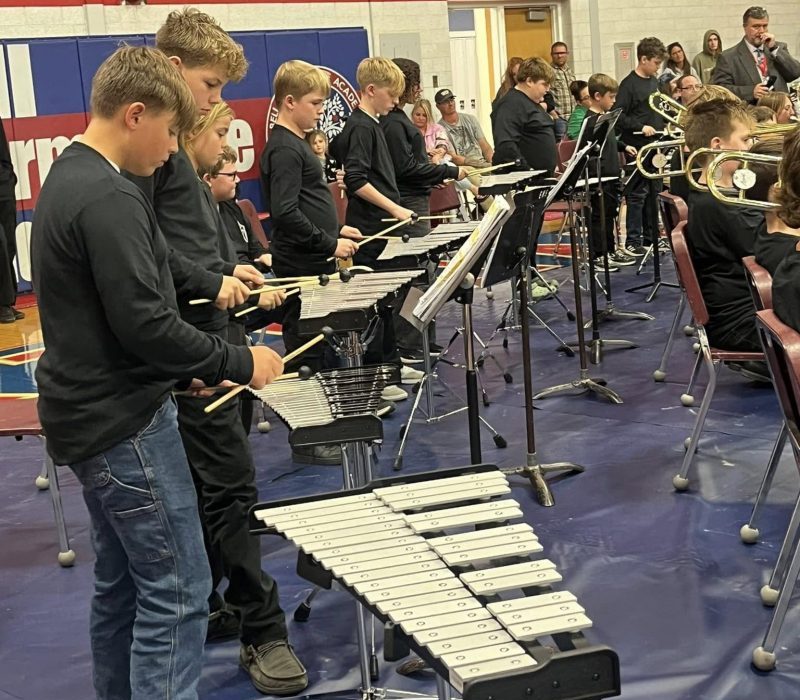
This evolution in educational delivery continues to shape the district’s approach today. Lipps describes their current flexible learning environment: “We customize scheduling for students at all levels depending upon their needs. We have night school opportunities at the high school level, alternative education opportunities, and hybrid scheduling where a student might take a class in the typical high school building but then get on a bus to a vocational school.” The district leverages various resources, including partnerships with Ivy Tech and its APEX online learning program, to provide diverse educational pathways.
Recent weather events have demonstrated the lasting benefits of these adaptations. “Last week, during heavy snow in Indiana, we implemented what we call synchronous e-learning,” explains Superintendent Bowlen. “It’s real-time learning where students follow a schedule, and the teacher leads the instruction synchronously.”
Lipps adds: “We facilitate synchronous, real-time live instruction via Zoom or Google Meet. Students can receive instruction live, but then also have availability with the teachers to email or text them for further support throughout the day.” The successful implementation received positive feedback from parents and students, showcasing how pandemic-era innovations have become valuable tools in the district’s educational arsenal.
Customized Education for Every Student
The MSD of Martinsville has developed a comprehensive approach to personalized education. “We customize scheduling for students at all levels,” explains Lipps. “A student might come to school for part of the day in a traditional setting, take a traditional English class, but then go to an APEX lab for other courses. Some even split their time between our campus and vocational training at Be Hills in Bloomington.”
The district’s vocational education prioritization is evident in recent investments. “We’ve secured competitive grants for new welding equipment and enhanced our STEM areas,” Lipps notes. “This ensures our graduates either have substantial college credits or are ready to enter the workforce immediately.” The focus on practical skills and career readiness has become a cornerstone of the district’s educational philosophy, providing students with multiple pathways to success.
Alternative education programs also play a crucial role in supporting students who faced challenges during the pandemic. “At the middle school level, we have an alternative education program because some students aren’t ready for the traditional setting,” Lipps explains. “We equip the student with essential skills while continuing their education in an alternative setting.”
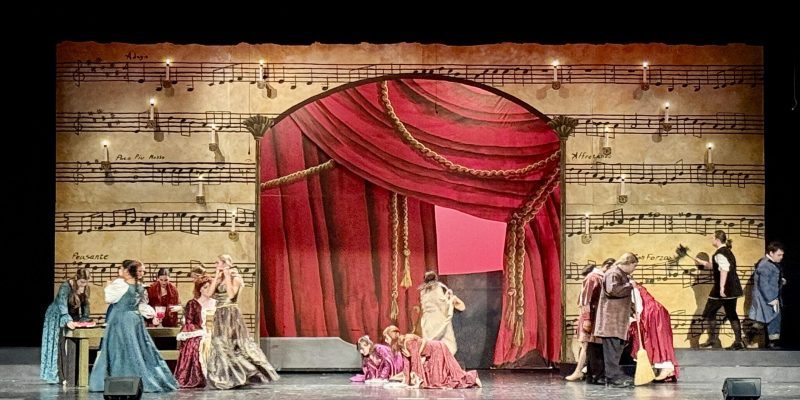
The district maintains a clear progression path, with Lipps adding: “The goal is that by the time a middle school student in alternative education reaches high school, the student is prepared for a traditional setting if that’s what he or she needs.” This flexible approach encompasses the Indiana Online program, which serves diverse needs – from competitive athletes maintaining their studies while traveling to students supporting their families through work or caring for relatives at home.
Community at the Heart
“We’re a rural community, but we’re called a metropolitan school district,” explains Superintendent Bowlen, describing Martinsville’s unique position near Indianapolis. “We’re small enough to take care of the individual needs of our student population. The school system is the heartbeat of the community – we’re not so big that we lose sight of that.” This deep community connection manifests in remarkable ways through local support and engagement.
The strength of this community bond is evident in spontaneous acts of generosity. Lipps shares a recent example: “One of the owners of Neal & Summers mortuary, a local business, were at Sam’s Club last night and saw winter coats on clearance. She bought $800 worth and just brought them over, without being asked, saying our kids need coats.” Operations Director Kyle Stout adds another touching story: “We have a community member who is our biggest sports fan! He and his family recently made a $50,000 donation to the athletic department to help athletes who have equipment, uniform, or financial needs throughout their athletic seasons.”
Educational investment from the community takes various forms, from infrastructure to future educators. “We’ve made significant investments in our facilities over the last three years,” notes Superintendent Bowlen. “We have new turf at our athletic complexes and a new scoreboard, but we never lose sight of our students’ basic needs – they are our kids, that’s how the community feels about the youth here.”
Lipps highlights another remarkable contribution: “We have one community member, Craig Fenneman, a business owner who invested $1 million in a scholarship fund specifically for Martinsville High School graduates who want to become educators and study at Butler University.” These stories exemplify a community that sees its school district not just as an institution, but as a vital part of its future.
Building Tomorrow’s Community
The district’s community engagement is illustrated by its unique Habitat for Humanity program. “I think we’re the only one in the State of Indiana where the high school builds the Habitat home for community members,” Superintendent Bowlen says proudly. “We just inaugurated our third home. It’s really special when we think about kids giving back and being part of something bigger than themselves.” The project involves various student organizations, from student councils to sports teams, working alongside professionals every weekend.
The YMCA partnership represents another cornerstone of community support. “We have before and after-school programs that provide childcare and homework help sessions for students at the elementary, intermediate, and middle school levels,” explains Lipps. “We wrote a 21st Century learning grant back in 2014, so for over 11 years we’ve been doing this programming. It’s really helpful for our families because they can go to work and leave their children in a safe place with adult supervision within the schools.”
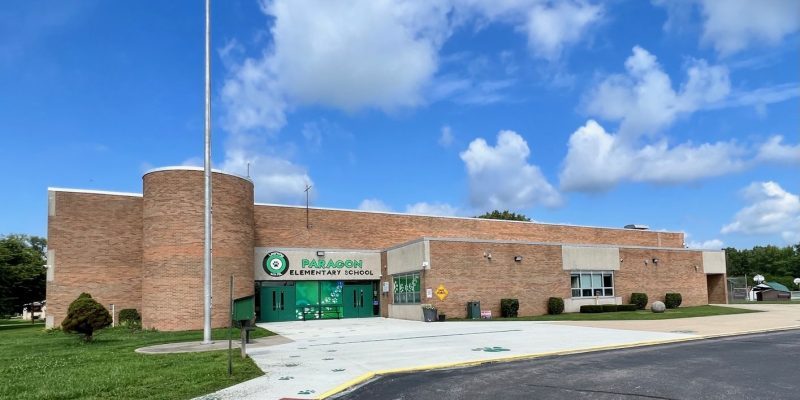
A long-standing partnership with Bradford Woods contributes further to student development. “For 50 years, we’ve been sending our intermediate students there for adventure learning,” Lipps notes. She describes the special outreach program called HYPE (Helping Your Personel Environment): “We send a group of 5th, 6th, and 7th grade students there once a month, so they can do activities like canoeing, archery, and zip lining – different things that will motivate them to come to school and feel connected.” The program serves a specific purpose beyond adventure education, as Lipps explains: “The thrust of that program is to improve attendance for a pocket of students who through this program develop a sense of community and a sense of belonging.”
Looking Forward
The future of MSD Martinsville centers on its groundbreaking construction project. “We’re just getting ready to embark on the building project with a groundbreaking here in the late spring or early summer,” says Superintendent Bowlen. There are 3 building projects planned right now. As previously mentioned, a new elementary school, a new aquatic center, and new locker room space for several Martinsville High School athletic teams.
Operations Director Stout reveals another exciting initiative on the horizon: “We’re starting a Swim by Seven program where all our district students would be able to come into that facility during the day and learn how to swim before their seventh or eighth birthday.” The program exemplifies the district’s holistic approach to education, as Stout explains: “We understand the importance of water safety with rivers, lakes, ponds, and streams all around. It’s just another aspect of protection and opportunity for our kids.” These forward-thinking initiatives demonstrate MSD Martinsville’s efforts to not just meet current educational needs but anticipating and preparing for the future.
AT A GLANCE
Who: Metropolitan School District of Martinsville
What: A forward-thinking public school district serving 3,800 students across 10 schools, pioneering Indiana’s first school BOT process while maintaining strong community ties.
Where: Martinsville, Indiana
Website: msdofmartinsville.org
PREFERRED VENDORS/PARTNERS
GM Development Companies LLC is a BOT Development company that operates throughout Indiana. GM Development specializes in Public Private Partnerships and Build-Operate-Transfer projects for local government units and utilities in Indiana.
GM Development: greg@gm-development.com
